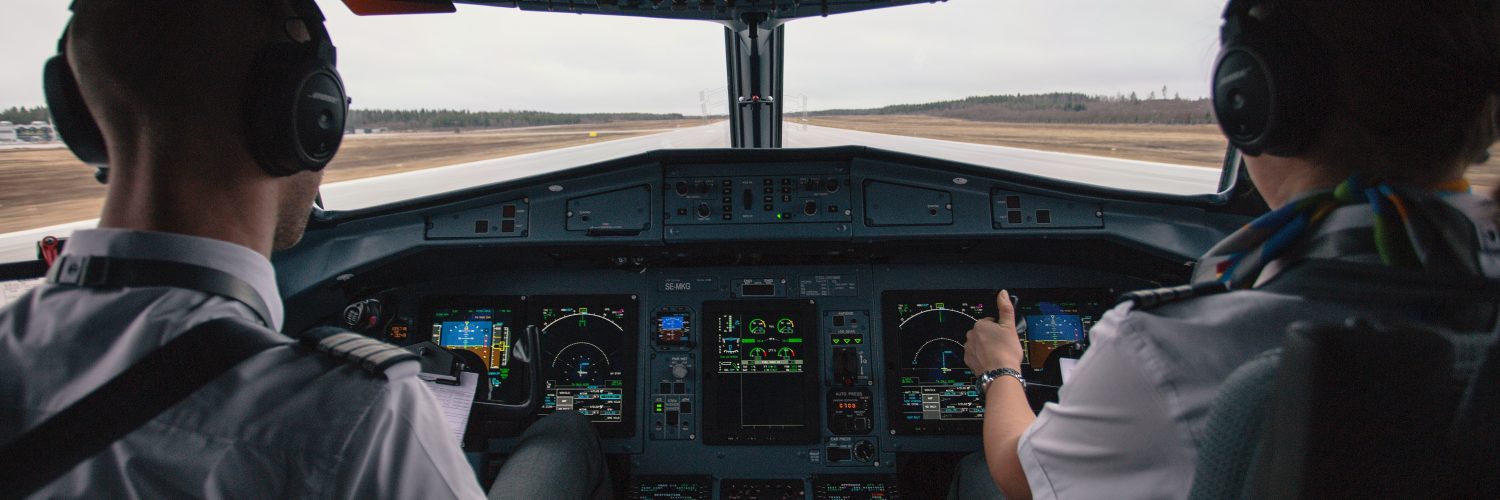Pima County has been known as a hotbed for everything aerospace and defense related. It’s attracted companies such as Raytheon, Sargent and Bombardier while also being a proving ground for space technology through partnerships with NASA. This has given way to a feverish demand for qualified and educated technicians, and one community college in the region is hoping to be the training outpost.
Pima Community College (PCC), which offers students six different campuses in the Greater Tucson area, has been training qualified and educated graduates through its Aviation Maintenance Technician program. But just like the region will have a continuous need for a developing workforce, the PCC program will need funding. Acknowledging the promising potential of the program, Gov. Doug Ducey has proposed $20 million to help fund the program in his 2019-2020 budget plan.
The program focuses on the development of technicians who want to work in the aerospace industry, by training students to repair and modify aircraft
The program also teaches students to understand everything about the aircraft, such as electrical systems, engines and avionics. Students can go from never having picked up a tool to being prepared for a promising career in about 19 months. For those who have already worked on aircraft in the military, there is an 8-week certification course to refresh their knowledge and prepare them for a Federal Aviation Administration certification test.
“You must focus on developing talent. We look at the labor market to meet current needs and ensuring growth moving forward,” says Ian Roark, vice president of workforce development at PCC. “The number of students we graduate annually, 50-75, doesn’t meet current available employment in the state, especially Southern Arizona. This isn’t just a Southern Arizona problem, this is a national epidemic.”
Those who enter the program complete it successfully at about an 85 percent rate before heading off to their FAA exams. From there, graduates are primed for promising jobs in the industry with companies such as Raytheon, which has continued to open opportunities in the area. Pay usually starts out around $55,000 but can steadily climb to nearly double that rate.
The resources proposed in Gov. Ducey’s budget plan would help to expand the size of the program as a whole. From expanding classrooms to adding planes to work on to bringing on more faculty and staff, $20 million can go a long way.
The funding couldn’t come at a more opportune time. The industry is set for an anticipated shortage of talent due to a great deal of baby boomers who are phasing out. This is something that Roark both fears and sees as an opportunity.
“It’s a fairly large program, yet we are not meeting the quantity of the industry’s need,” Roark said. “With retirements of the baby boomer generation and a missing generation in between, and with the increased emphasis on business attraction in the aerospace industry in Arizona, they all combine the need to double the number of students.”
















Add comment